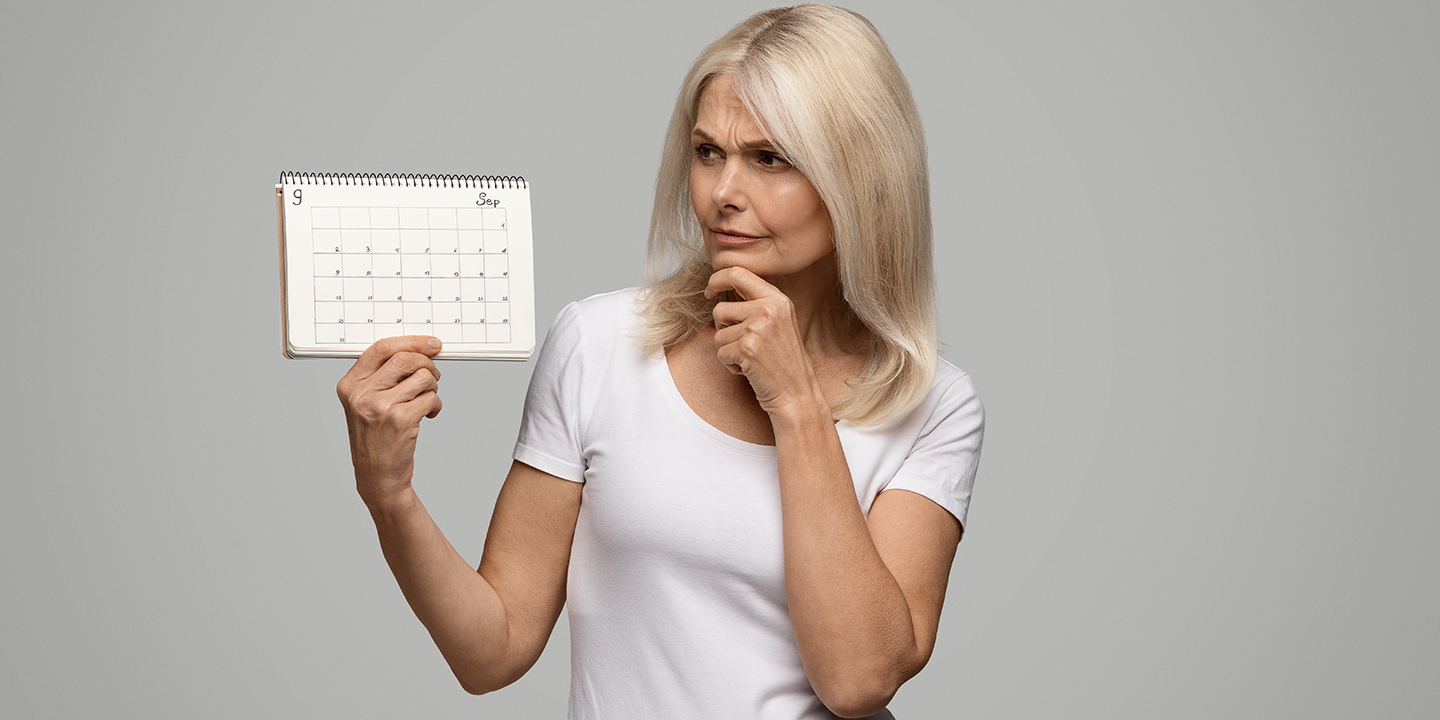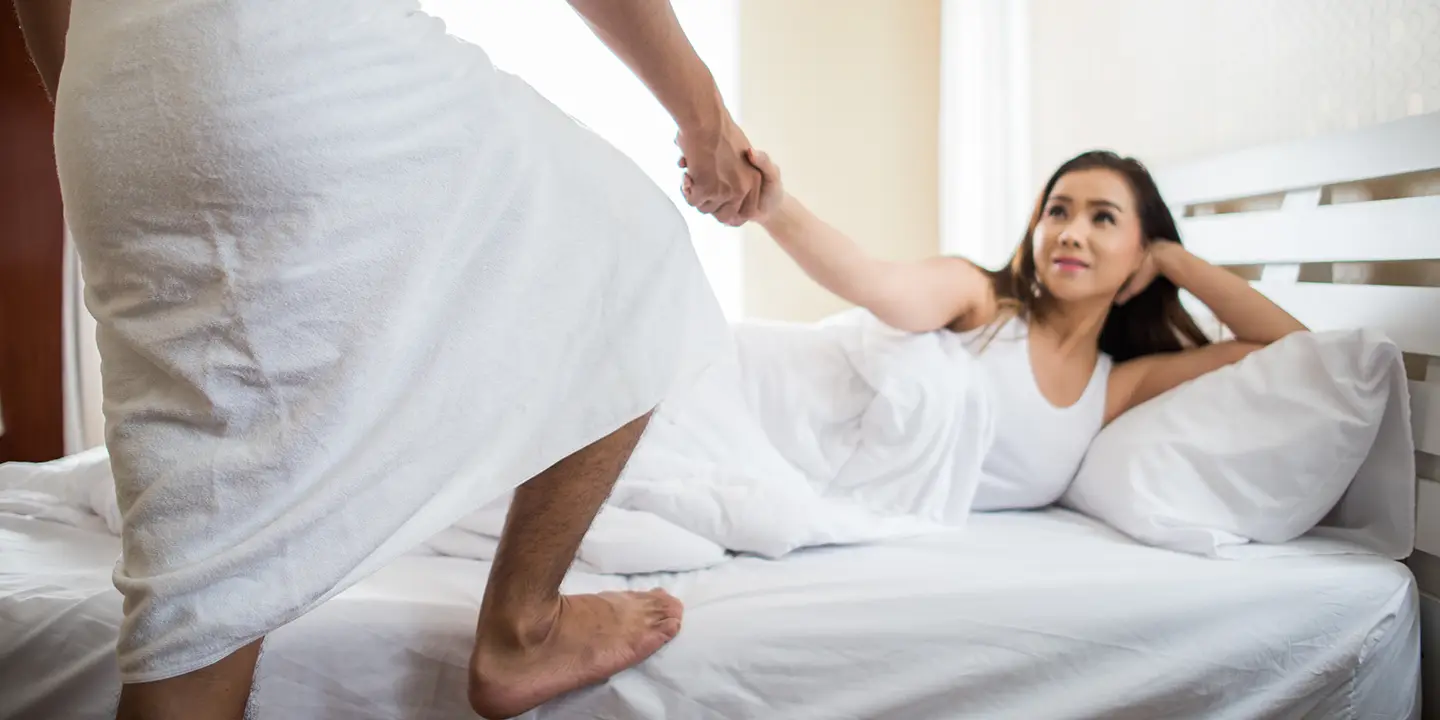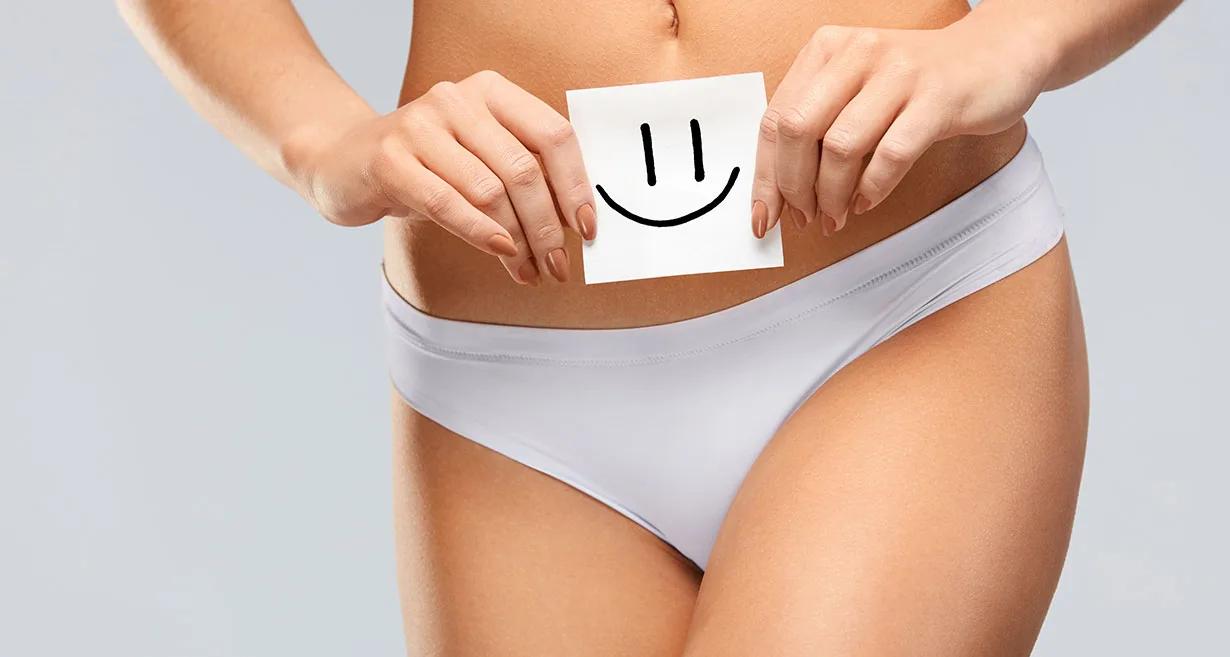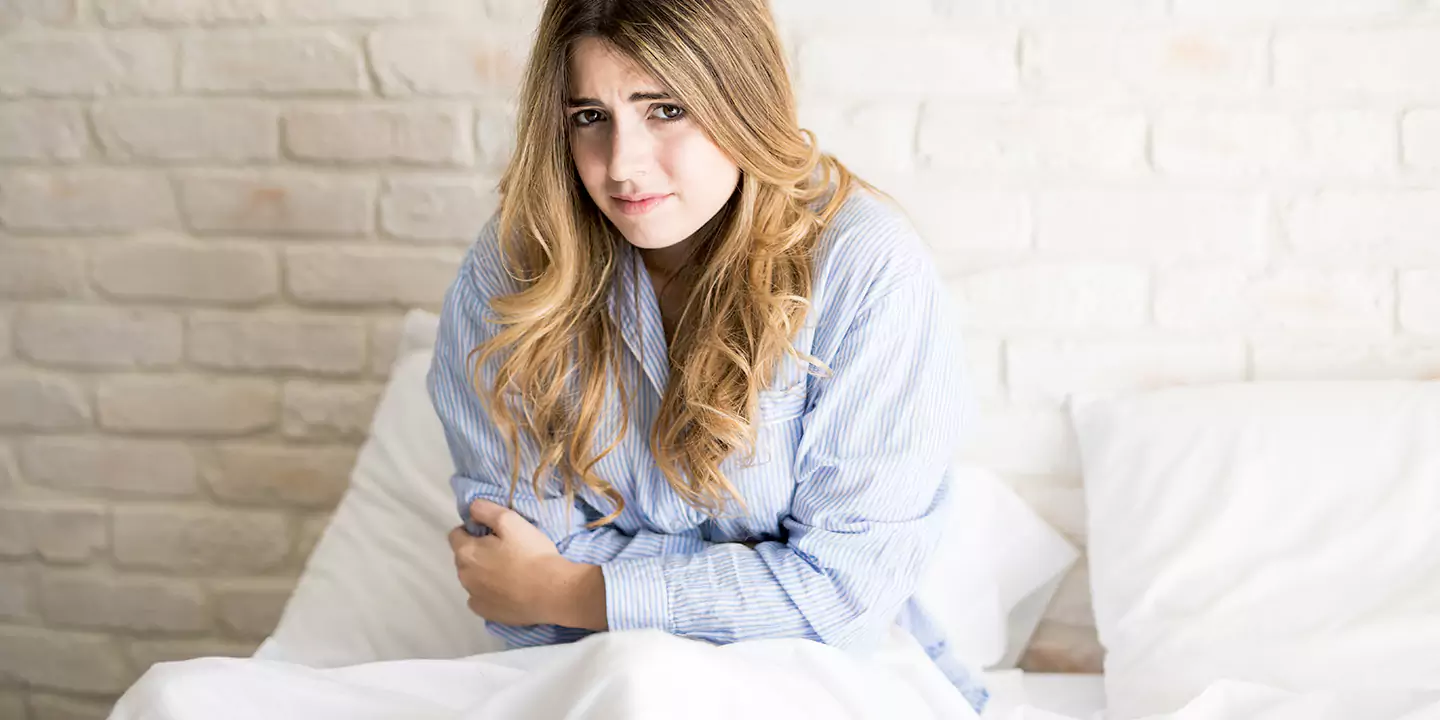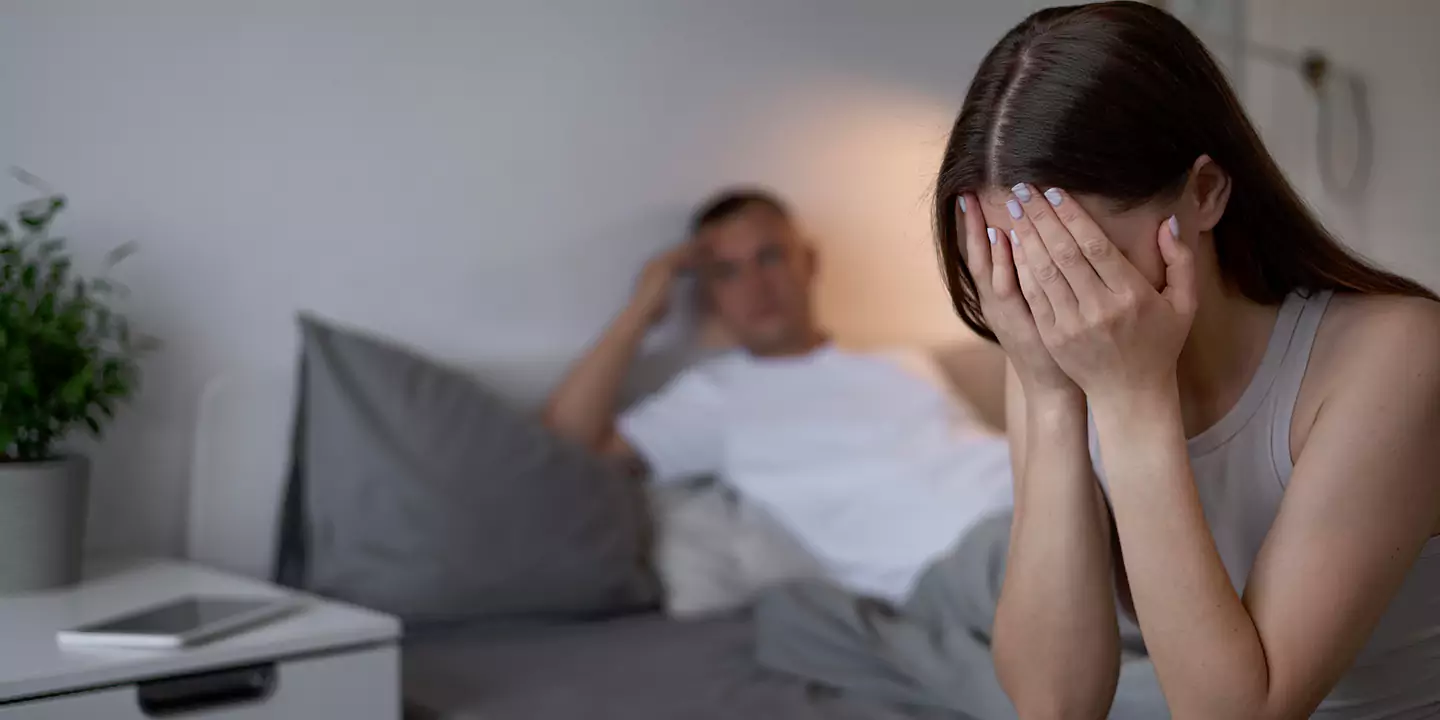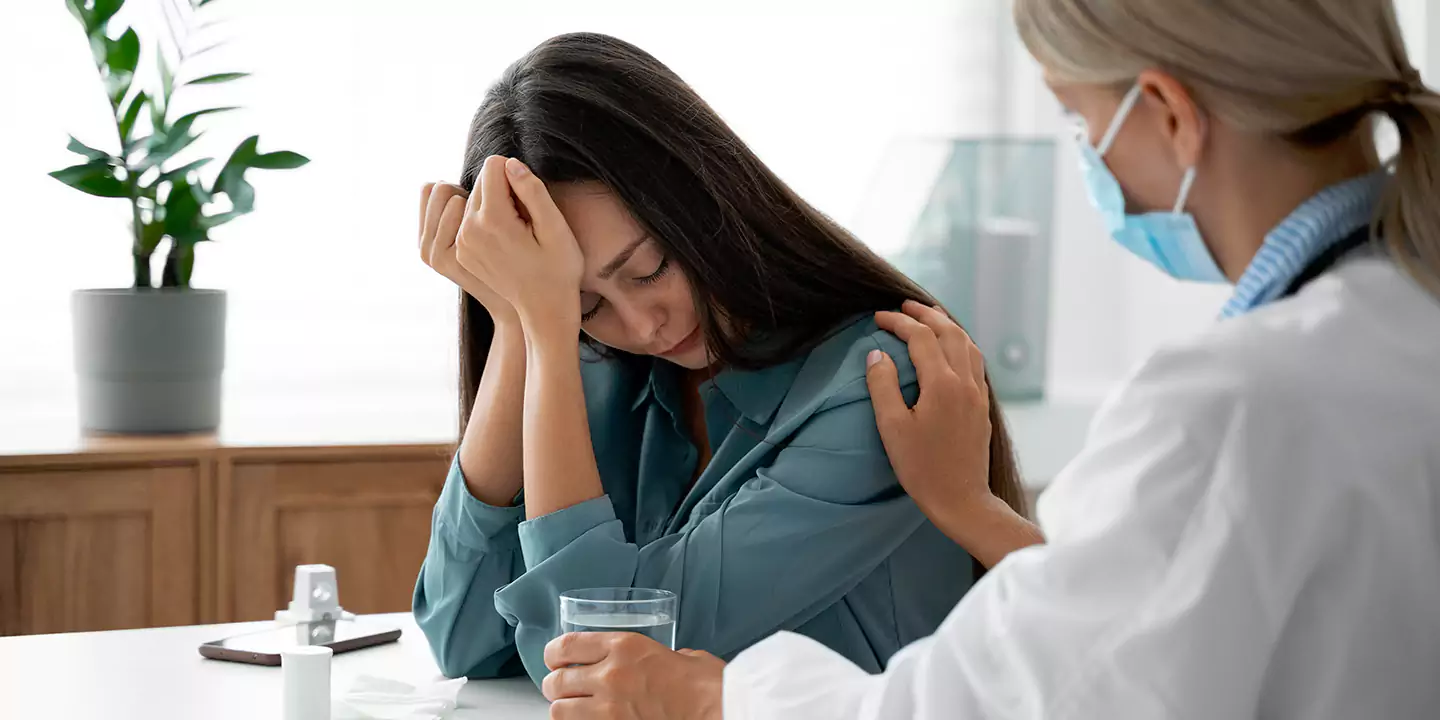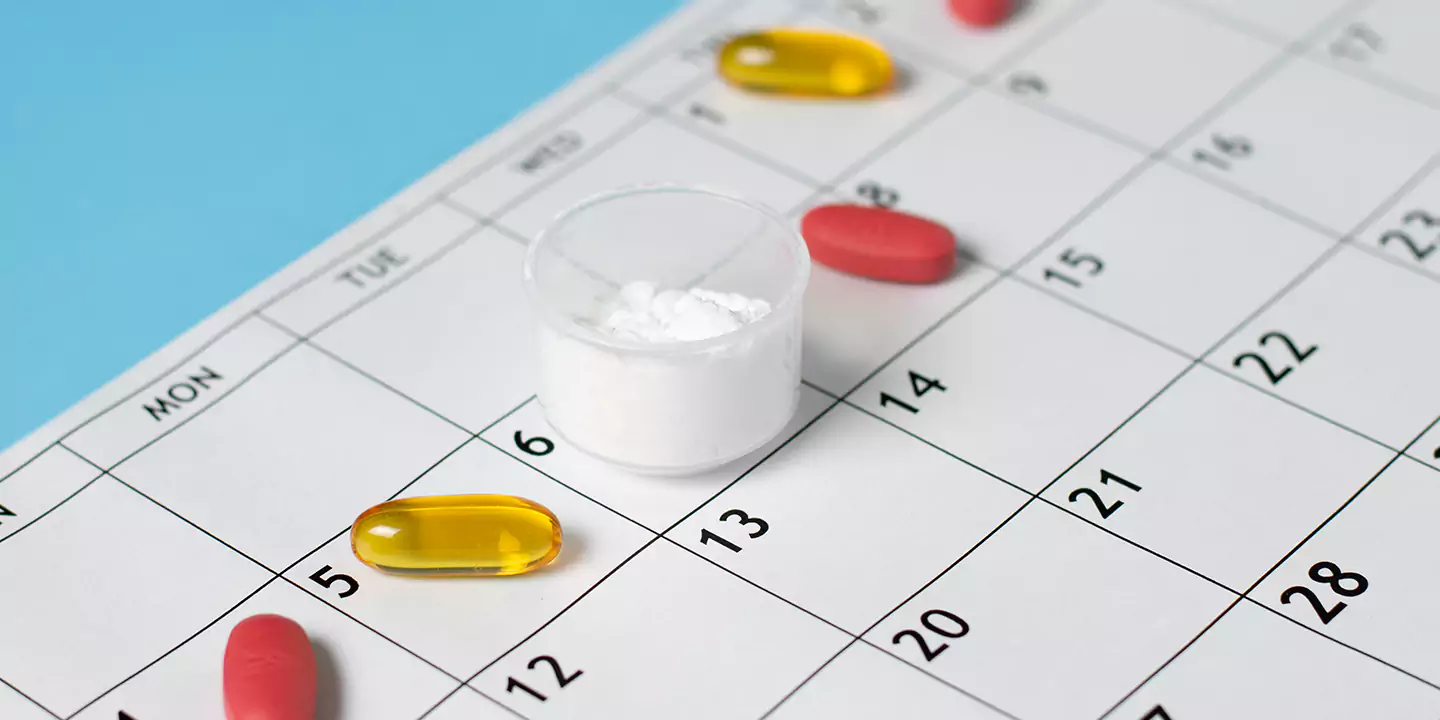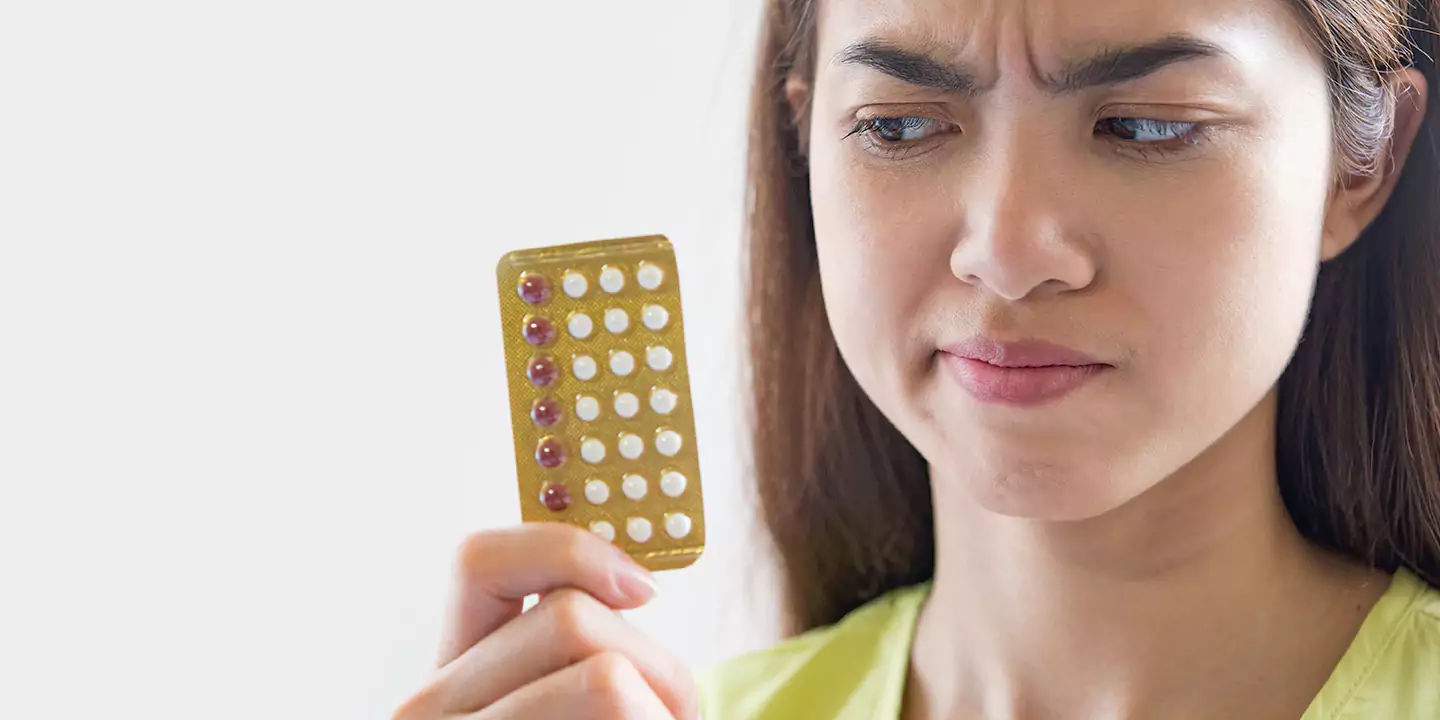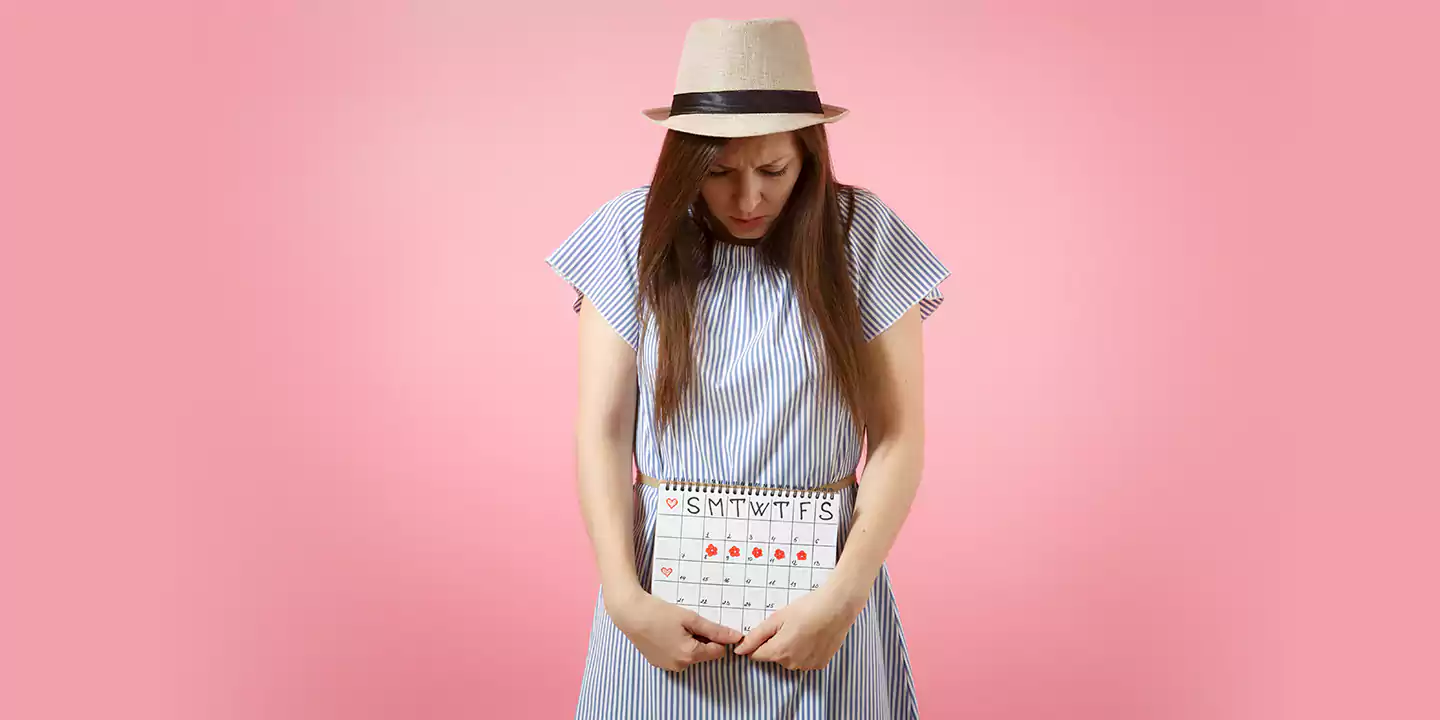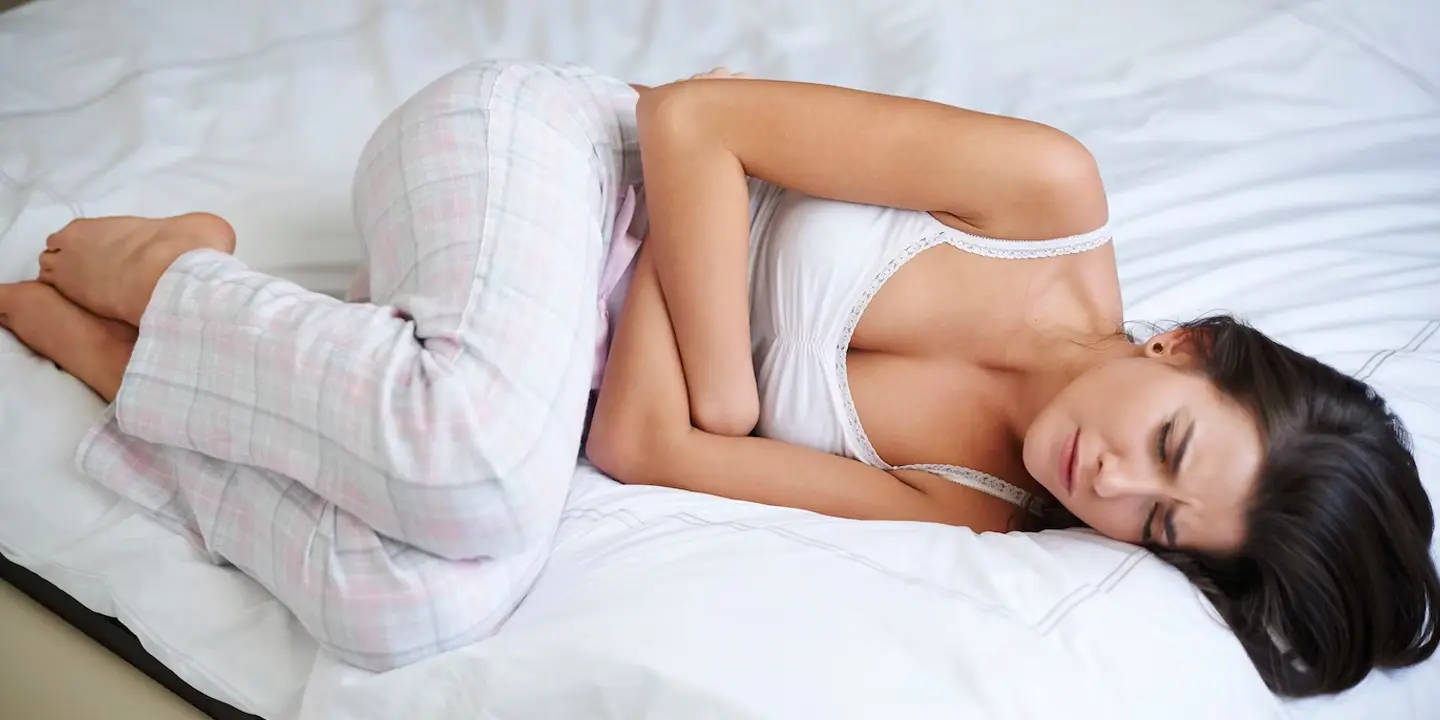
As women age, their bodies undergo an insurmountable number of changes, especially involving hormonal activity and menstrual patterns. Even at 35 years, a woman’s body is a lot different than it was during her 20s.
The menstrual cycle, a vital aspect of a woman’s reproductive health, serves as a monthly indicator of hormonal balance and fertility. By gaining a deeper understanding of these patterns, women can empower themselves with knowledge about their reproductive health and be better equipped to monitor any changes that may occur.
This article will explore all that you need to know about period patterns in non-sexual females at the age of 35 years.
In this Article
- 1 Understanding the Menstrual Cycle
- 2 Hormonal Influence and Regulation on the Menstrual Cycle
- 3 What are the Menstrual Changes in the 30s?
- 4 Is Perimenopause a Threat in the 30s?
- 5 What are Some Non-Sexual Factors that Influence Period Patterns in the 30s?
- 6 When to See a Doctor for Changes in Period Patterns at 35?
- 7 Conclusion
Understanding the Menstrual Cycle
Before we delve into exploring the concepts of the shifts that a woman’s body experiences at 35 years, especially with respect to their period patterns, let us first clarify the basics.
The menstrual cycle refers to the monthly cycle that prepares a woman’s body for pregnancy. The cycle generally lasts for about 28 days and will typically vary from one person to the other.
In general, the menstrual cycle consists of four phases:
Follicular phase – During this phase, the pituitary gland in the body releases follicle-stimulating hormone (FSH). This promotes follicular growth in the ovaries. As the follicles develop and mature further, they secrete estrogen, leading to the thickening of the uterine lining.
Ovulatory phase – The second phase involves the secretion of luteinizing hormone (LH), which triggers the release of the egg from the ovary. It is considered the “fertile window” for every woman.
Luteal phase – This happens right after ovulation when the ruptured follicle turns into corpus luteum, producing progesterone. This hormone is responsible for thickening the uterine lining, further preparing the uterus for pregnancy.
Menstrual phase – If fertilization doesn’t occur during the above three phases, the menstrual phase starts where a sudden drop in the hormone level leads to the shedding of the uterine lining. This is what we know as menstruation or menstrual bleeding.
Related Blog – Painful Menstrual Periods: 11 Ways to stop periods pain
Hormonal Influence and Regulation on the Menstrual Cycle
Several hormones, like estrogen, progesterone, FSH, and LH, play a key role in the regulation of the menstrual cycle.
What’s fascinating is that each hormone has dedicated tasks allocated to them that they are responsible for doing. For example, estrogen contributes to the thickening of the uterine lining, while FSH promotes the follicular growth in the ovaries.
As women age, due to physiological and external factors, there are potent fluctuations and imbalances throughout the menstrual cycle, especially influencing the length and regularity of the periods.
What are the Menstrual Changes in the 30s?
With age, women experience a series of menstrual changes, one involving hormonal shifts, cycle regularity, etc. Let us elaborate on them for better understanding:
Aging and Hormonal Shifts
As women enter their 30s, preferably around the age of 35, they begin to witness changes in the menstrual cycle due to the natural aging process. The ovaries experience reduced capacity in hormone production, especially that of estrogen and progesterone.
The sudden decline in ovarian function is what contributes to hormonal imbalances, leading to irregularities in the menstrual cycle.
Related Blog – Menorrhagia (Heavy Periods)- Meaning, Symptoms, Causes And Treatment
Cycle Length and Regularity
In the 30s, it is common for women to experience variations in their menstrual cycle length and regularity. While the average menstrual cycle lasts around 28 days, it is important to note that individual variations are normal.
There are women that experience shorter cycles, and there are women that experience longer menstrual cycles. Some of the most common influencing factors are stress, changes in one’s diet, underlying health conditions, etc.
Studies have found that elevated stress levels can affect the hypothalamic-pituitary-ovarian axis, leading to irregularities in the menstrual cycle. Even sudden or drastic changes in one’s weight during their 30s can contribute to menstrual irregularity.
Some of the underlying clinical conditions that play a key role in the process include polycystic ovary syndrome (PCOS), thyroid disorders, and endometriosis.
Symptoms and Menstrual Discomfort
Unlike the 20s, many women who have turned 35 or above experience issues throughout their menstrual cycle. Some of the common signs and symptoms of discomfort include abdominal cramping, breast tenderness, mood swings, bloating, and fatigue.
As women reach their mid-30s, they may notice changes in the severity or duration of these symptoms. Some women may experience a decrease in the intensity of menstrual symptoms, finding relief from previously bothersome discomforts as well. But everyone’s experiences are subjective and different.
At Queen’s Gynecology, we often emphasize the fact that severe or debilitating menstrual pain, prolonged heavy bleeding, or other abnormal symptoms should never be taken for granted. These are what we term “abnormal” with respect to the menstrual cycle. Hence, it’s ideal to get them evaluated immediately without further delay.
Related Blog – White Discharge Causes, Symptoms, Types and Reason and Solution
Pregnancy
Another common menstrual cycle change that’s very common during the 30s is pregnancy. Several women become pregnant by the time they turn 35, which might put a halt to their periods. However, since we are discussing “non-sexual” women and their period patterns in this article, pregnancy and discussions surrounding it are redundant.
Is Perimenopause a Threat in the 30s?
It is true that the menstrual cycle and hormonal balance change quite significantly during the 30s. However, one factor that many women either aren’t aware of or don’t pay attention to is perimenopause.
Perimenopause is a condition that typically kicks off as a response to the body’s reduced levels of estrogen and progesterone.
In hindsight, this might not seem to be quite “significant,” but they do hold a lot of significance. During perimenopause, women around 35-40 years old start experiencing these crazy symptoms like the growth of the uterine lining, heavy bleeding, etc.
It is normal to start perimenopause by the time one turns 35. However, the majority of women experience this phenomenon when they turn 40.
Then again, we urge you to prioritize your symptoms and understand the irregular periods reasons. If menstruation is accompanied by excruciating pain and discomfort, it should be evaluated by a medical professional instead of “considering it a normal part of one’s period cycle.”
What are Some Non-Sexual Factors that Influence Period Patterns in the 30s?
Besides age and the component of “sex and physical intimacy” in the equation, there are multiple non-sexual factors that contribute to the changing period patterns in the 30s.
Some of them include:
Lifestyle and Stress
Lifestyle factors, including stress and physical activity levels, can impact menstrual regularity. High-stress levels can disrupt the hormonal balance and potentially lead to irregular periods. Engaging in stress-management techniques, exercise, and maintaining a balanced lifestyle can contribute to improved menstrual health.
Weight and Diet
Weight fluctuations and body composition changes can also influence menstrual irregularities. Both excessive weight gain and significant weight loss can disrupt hormone production, affecting the regularity of periods. A balanced diet and proper nutrition are essential for supporting hormonal health.
Underlying Health Conditions
Certain health conditions can impact menstrual patterns. Polycystic ovary syndrome (PCOS), a hormonal disorder, can cause irregular periods and other symptoms. Thyroid disorders and endometriosis are other conditions that may affect menstrual regularity. Seeking medical advice for persistent irregularities or concerning symptoms is important for diagnosis and treatment.
Paying attention to these individual factors and introducing positive shifts in one’s life by the time one turns 35 is necessary for a fulfilling life.
Related Blog – Gynae Issue – Vaginal Water Discharge: Everything You Need To Know
When to See a Doctor for Changes in Period Patterns at 35?
As we discussed, period patterns rely on multiple factors, age being the most important one. In most cases, women often complain about excruciating pain, one that’s accompanied by discomfort and cramping during their periods.
While several factors have made women normalize these symptoms, it is, in fact, not normal to experience such drastic symptoms.
If you are experiencing issues like:
- Menstrual migraines
- Missing periods
- Abnormal bleeding, etc.
These symptoms warrant an immediate doctor’s consultation. Any kind of sudden changes to one’s period requires comprehensive evaluation. At Queen’s Gynecology, we offer a one-stop solution to all our patients, ensuring that they can avail comprehensive treatment under one roof.
Conclusion
Understanding period patterns in non-sexual females at 35 years provides valuable insights into reproductive health. A complex interplay of hormones, lifestyle factors, and underlying health conditions influences the menstrual cycle. By recognizing and monitoring these patterns, women can gain a better understanding of their bodies, detect potential issues early on, and take appropriate steps to maintain optimal menstrual health.
Age is a deciding factor when it comes to a woman’s reproductive health. Our specialists at Queen’s Gynecology are here to help our patients assess the difference between abnormal and normal period flow and the associated complications. Holistic diagnosis with tailored treatment is what we specialize in. For more information, kindly contact us directly.
FAQs
Irregular periods aren’t only affected by one’s age. But, a variety of allied factors, including hormonal factors, hormonal changes, etc., play a significant role. Getting a thorough evaluation for a period of time duration and flow is thus essential for better understanding.
Yes, high levels of stress can disrupt the hormonal balance and lead to irregular periods. This is one of the reasons why women over the age of 30 are often advised to follow optimal stress management techniques for optimal results.
It is normal to experience changes in the symptoms by the mid-30s. Some women may experience a decrease in the severity of symptoms, while others may notice no significant changes. However, if there are sudden or drastic changes in symptoms, it is advisable to consult a healthcare provider.

